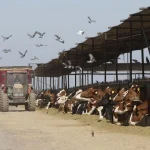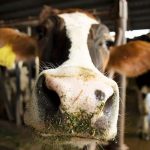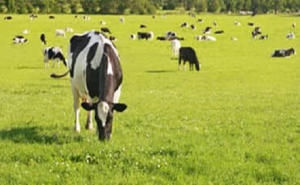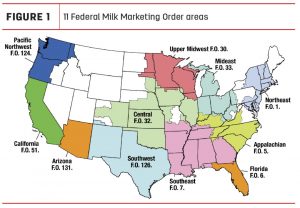
Summertime usually means big business for dairy farmers across the country, but this year has brought sour results as milk prices remain at low levels.
According to the U.S. Department of Agriculture, the price per hundredweight of milk is currently around $17, down almost $8 from the peak of last summer.
“We’re producing more milk than we did last year, and normally when supplies go up, prices go down, and so prices to farmers are down dramatically from where they were last year,” said David Anderson, professor and extension economist at the Texas A&M AgriLife Extension service. “We set some record high prices on milk prices to farmers. We’re down 25% from that level a year ago.”
Increased production is largely to blame according to Anderson. Year-to-year production increases are typical, but industry advances in addition to changing demand and uses for dairy products make an already complicated market tougher.
“Consumer demand is changing. We drink less fluid milk, but we eat more cheese, and that leads to this kind of dynamic, ‘If I got a hundred pounds of milk, what am I gonna make out of it?’” said Anderson.
Increased feed prices in addition to general production costs are also hurting farmers. Anderson said that when feed prices are high, farmers will sometimes cut production, which in the long run can help prices return to normal levels.
“It’s not a perfect correlation in terms of timing. Dairy farmers lose money because costs go up or milk prices have come down,” said Anderson. “They lose money; they start producing less, and that drives the price back up, so we are in this real price-and-income squeeze on dairy farmers right now.”
























